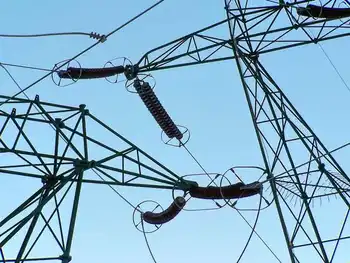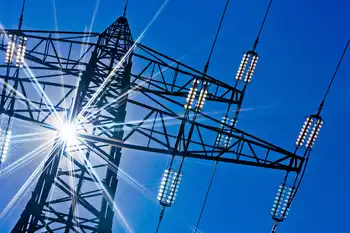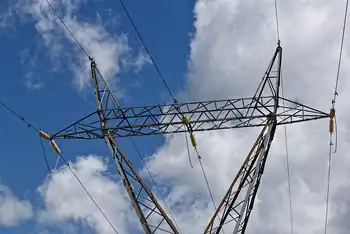Microturbines eligible for incentives under new law
By Investor's Business Daily
Protective Relay Training - Basic
Our customized live online or in‑person group training can be delivered to your staff at your location.

- Live Online
- 12 hours Instructor-led
- Group Training Available
Capstone's customers will be eligible for substantial cash rebates from the California Public Utilities Commission's (CPUC) Self-Generation Incentive Program (SGIP) beginning in 2010. The bill was passed by the legislature and signed by Governor Arnold Schwarzenegger on October 11.
The new law goes into effect on January 1, 2010 for qualifying Combined Heat and Power (CHP) projects that apply to receive cash rebates from the CPUC once they are approved. SB 412 provides the CPUC with more flexibility to use a variety of technologies in the program as long as the technologies meet stringent air quality standards set by the California Air Resources Board (CARB). CHP projects powered by Capstone microturbines can meet and exceed those standards.
Prior to 2008, the SGIP provided grants amounting to roughly 30 percent of a CHP project's cost. The size of the rebate in the reformulated program is expected to be similar and will be set by the CPUC in proceedings that will begin early next year. Capstone products will also be eligible for an additional incentive because it is a California-based manufacturer.
"Capstone is extremely pleased that our projects in California will benefit from SGIP incentives," said Darren Jamison, President and CEO of Capstone. "We want to thank the Governor for calling for this change in the law three years ago and Senator Kehoe for her strong leadership and the tremendous effort it took to get this bill passed."
In addition to California's global warming law, AB 32, a number of state initiatives in California should increase demand for Capstone's innovative low-emission technology. CARB has called for adding 4,000 megawatts of new CHP throughout the state by 2020 in order to achieve greenhouse gas emission reductions called for by AB 32.
The CPUC is also implementing a statewide feed-in tariff program for CHP systems that will guarantee a revenue stream for CHP operators that can sell electricity to the grid. The program will streamline interconnection for systems under one megawatt and offer customers a pay-as-you-go financing program from the utility company to install CHP.
In September, Governor Schwarzenegger issued an Executive Order to expand the state's Renewable Portfolio Standard (RPS) so that investor-owned utilities will be required to meet 33 percent of their electricity sales from renewable energy by 2020. The California Energy Commission has recommended a host of policy actions for the state to undertake in order to fully tap the energy producing potential of digester gas from wastes, a key market for Capstone.
"California continues to be a world leader in proactive energy policy for CHP and renewable power," says Jim Crouse, Executive Vice President of Sales and Marketing. "We expect demand for our products to increase as these state programs move forward, and we will remain involved in the policy making process as an active stakeholder providing green jobs in California," added Crouse.











